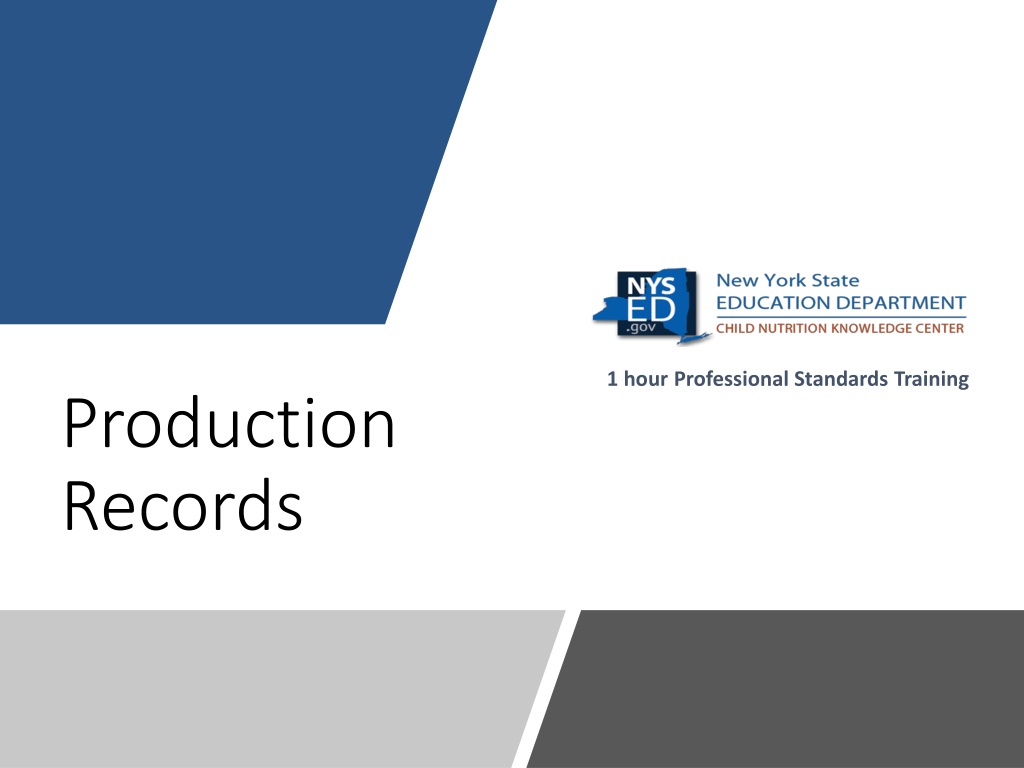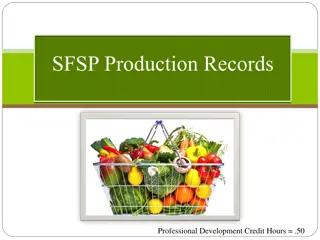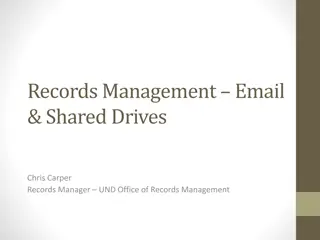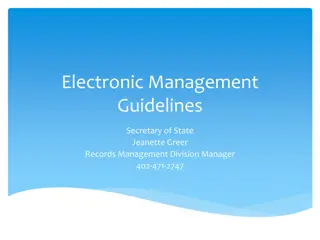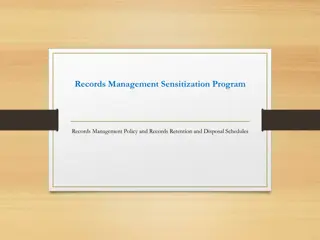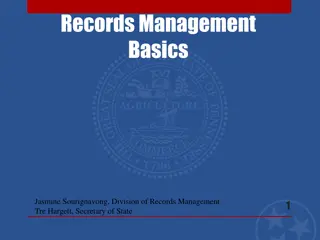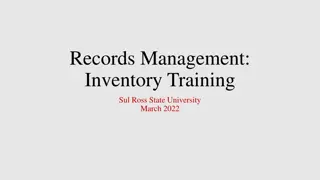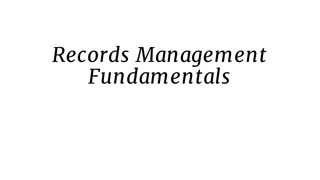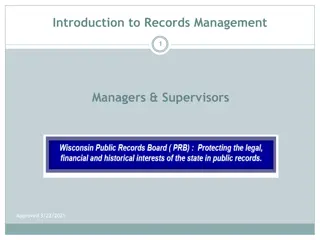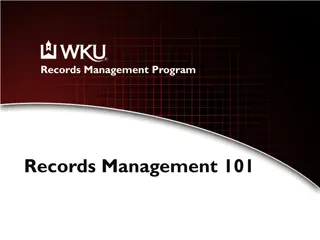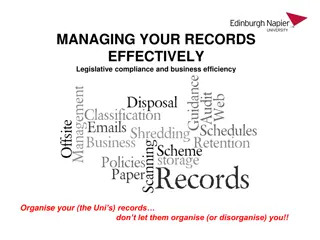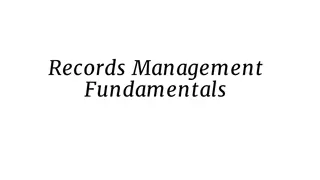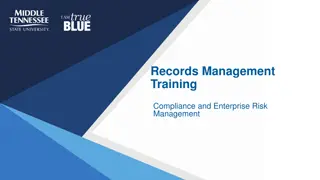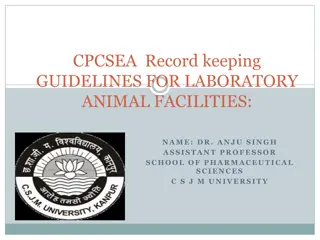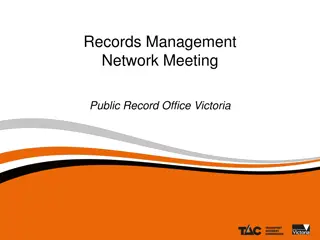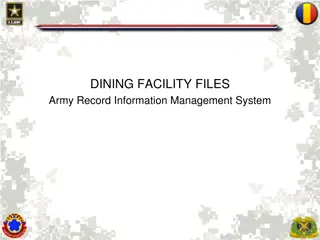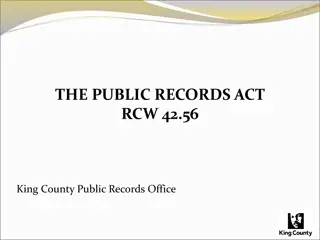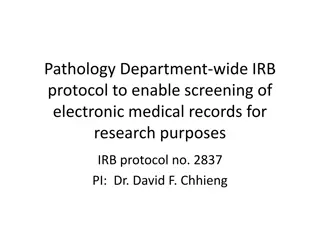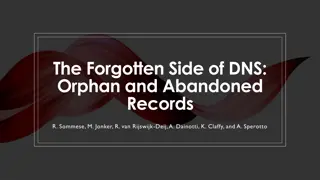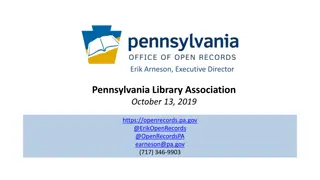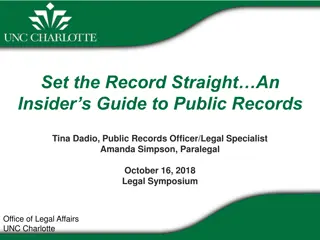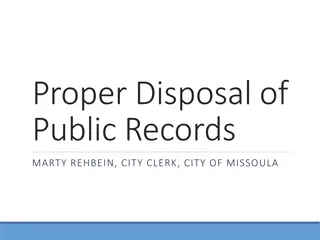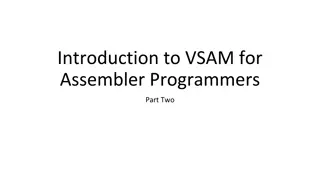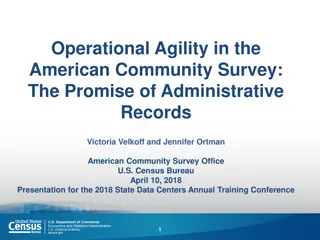Efficient Food Service Management Through Production Records
Production records play a crucial role in the effective planning and operation of food service management. They provide a detailed history of food planning, preparation, and service, ensuring compliance with meal pattern requirements and aiding in forecasting and waste reduction. By maintaining comprehensive production records, food service managers can optimize menu planning, evaluate customer preferences, and enhance overall operational efficiency.
Download Presentation

Please find below an Image/Link to download the presentation.
The content on the website is provided AS IS for your information and personal use only. It may not be sold, licensed, or shared on other websites without obtaining consent from the author. Download presentation by click this link. If you encounter any issues during the download, it is possible that the publisher has removed the file from their server.
E N D
Presentation Transcript
1 hour Professional Standards Training Production Records
Provides a daily written history of the food planned, prepared and served Documents compliance with meal pattern requirements Completed daily for all buildings Reflect distinct age/grade groups, even if they are in one building Example High School is grades 6-12, production records must separate information for grades 6-8 and 9-12 to show different menu plans Required by Regulation for Breakfast, Lunch & Snack Your Production Records
Advantages of Production Records An excellent planning & forecasting tool that will help the food service manager to have a successful food service operation Provides a written history that can be used to evaluate customer preference & improve menu planning Minimizes overproduction and food waste Improves participation Provides a daily written history of the food planned, prepared & served Can add comments to document changes
Production Record Word Template
Required Elements: Food Items Required Elements: Food Items All food items on the reimbursable menu Image result for all food groups Includes ALL offered components oMeat/Meat alternate, Grain, Fruit, Vegetables, Milk *Missing a component may result in fiscal sanctions Includes ALL daily menu options oEx. Salad meal, deli meal, PBJ sandwich Includes condiments & toppings
Required Elements: Required Elements: Quantity Prepared Quantity Prepared Quantity Prepared for each food item Instead of 1#10 can prepared, use 20 - c portions Important for proper entr e forecasting o avoids over/under production o Distinguish between student likes/dislikes
Required Elements: Portion Size Required Elements: Portion Size Portion Size Amount of the item that is available to each student Must be listed for ALL menu items Be sure to use volume measurements cup carrots vs. 4 oz. carrots Total Portions Offered Amount of each item expected to be served
Best practice to follow the Food Based menu plan Cups for fruit and vegetables, ounces for grains and M/MA French Fries or Potato Puffs Weight: 4 oz. = 252 calories Volume: cup = 142 calories Peaches, canned Weight: 6 oz. = 92 calories Volume: cup = 102 calories Cheese, grated: Weight: 2 oz. = 212 calories Volume: cup = 84 calories Portion Size Portion Size Production records must accurately reflect your meal service. Weight vs. Volume
Required Elements: Required Elements: Reimbursable Portions Served Reimbursable Portions Served Reimbursable Portions Served Number of portions of each food item that is actually served in a reimbursable meal A la carte/non reimbursable portions served Adult meals, second meals, snacks Leftovers Helps with forecasting Prevents overproduction
Elements: Elements: Date (required) Important to distinguish when foods are actually served. Recipe Number (optional) Reference between production record and standardized recipe
Required Elements: Required Elements: Comments and Notes Section Comments and Notes Section This is a mechanism to communicate any changes in meal service. Factors affecting meal counts Class trips, weather, illness Helpful for forecasting Communication tool
Condiments & Condiments & Toppings Toppings Condiments & Toppings must be included as they contribute to nutrient specifications P.C. Packets/Pre-portioning Track the number served as part of the reimbursable meal Self-Serve Track the total amount of the item used & determine how many students consume based on the average portion size
When to complete Production Records When to complete Production Records Complete before meal service: o School / Site Name o Date/ Day o Age / Grade Group o Service (Breakfast / Lunch / Snack) o Menu Item o Recipe Name o Portion Size o Total Portions Offered (#) After Meal Service: oReimbursable Portions oNon-Reimbursable Portions oLeftovers oTime / Temperature (Optional) oComments / Notes
Substitutions Substitutions Vegetable sub-groups Ensures appropriate substitutions Substitute within the same vegetable subgroup Example: Romaine Salad replaced with broccoli
Common Errors Common Errors Listing vegetable Missing/ Incomplete production records Incorrect vegetable subgroup substitutions Not separating age/grade groups Weight vs volume Portion sizes
Example of Properly Completed Example of Properly Completed Production Record Production Record
Example of Poorly Completed Example of Poorly Completed Production Record Production Record
Image result for files Production Records must be retained for 3 years plus the current year. Record Keeping Record Keeping
New York State Education Department Child Nutrition Program Administration (518)473-8781 CN@nysed.gov This concludes Production Records
